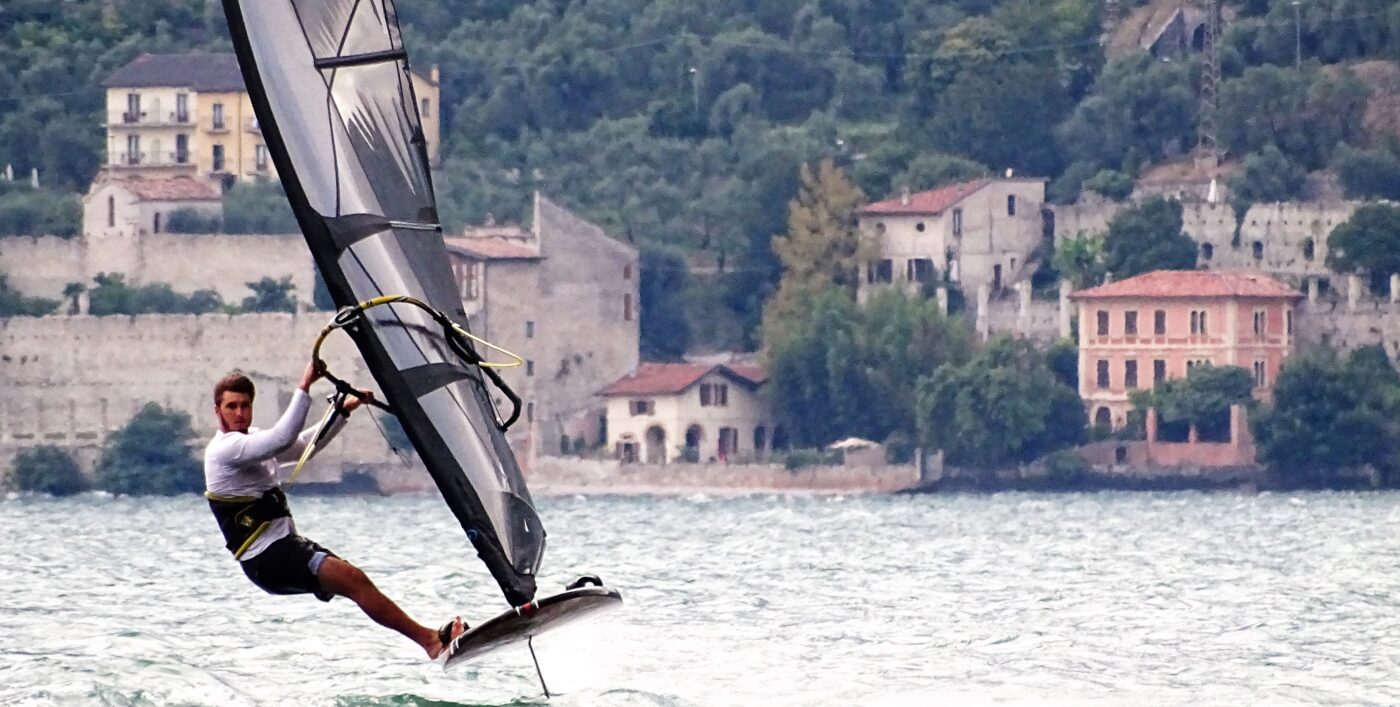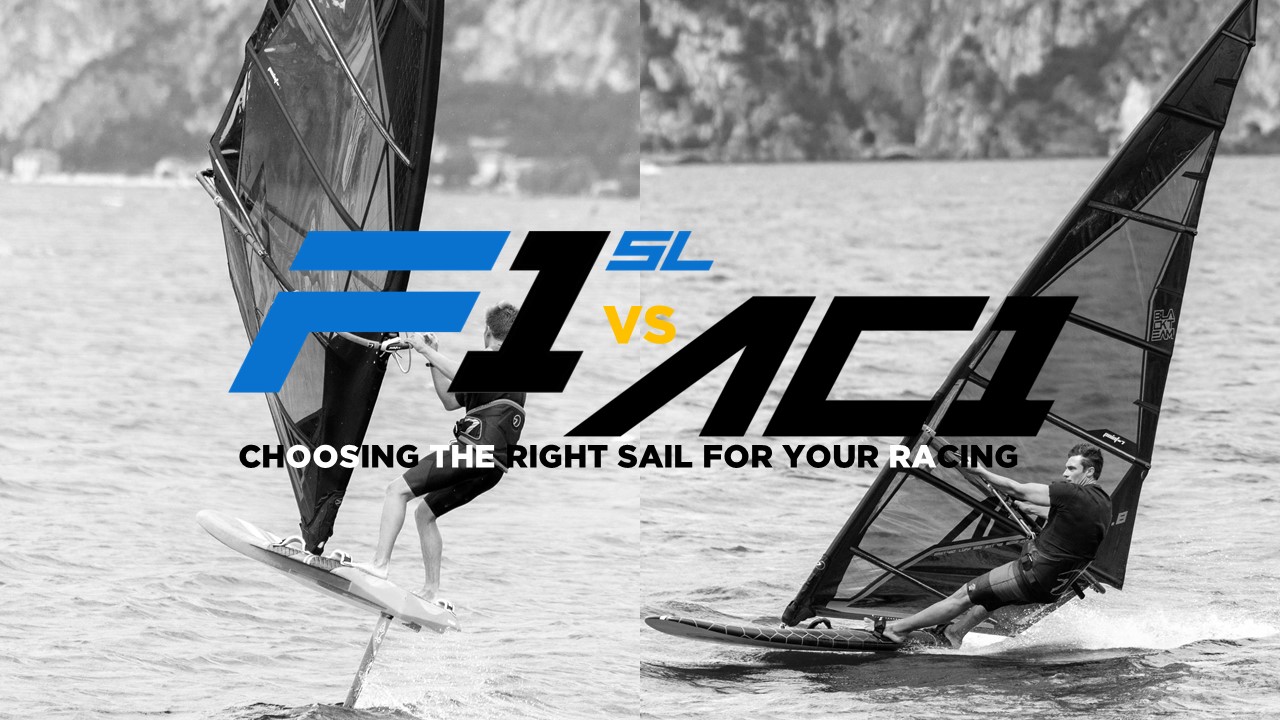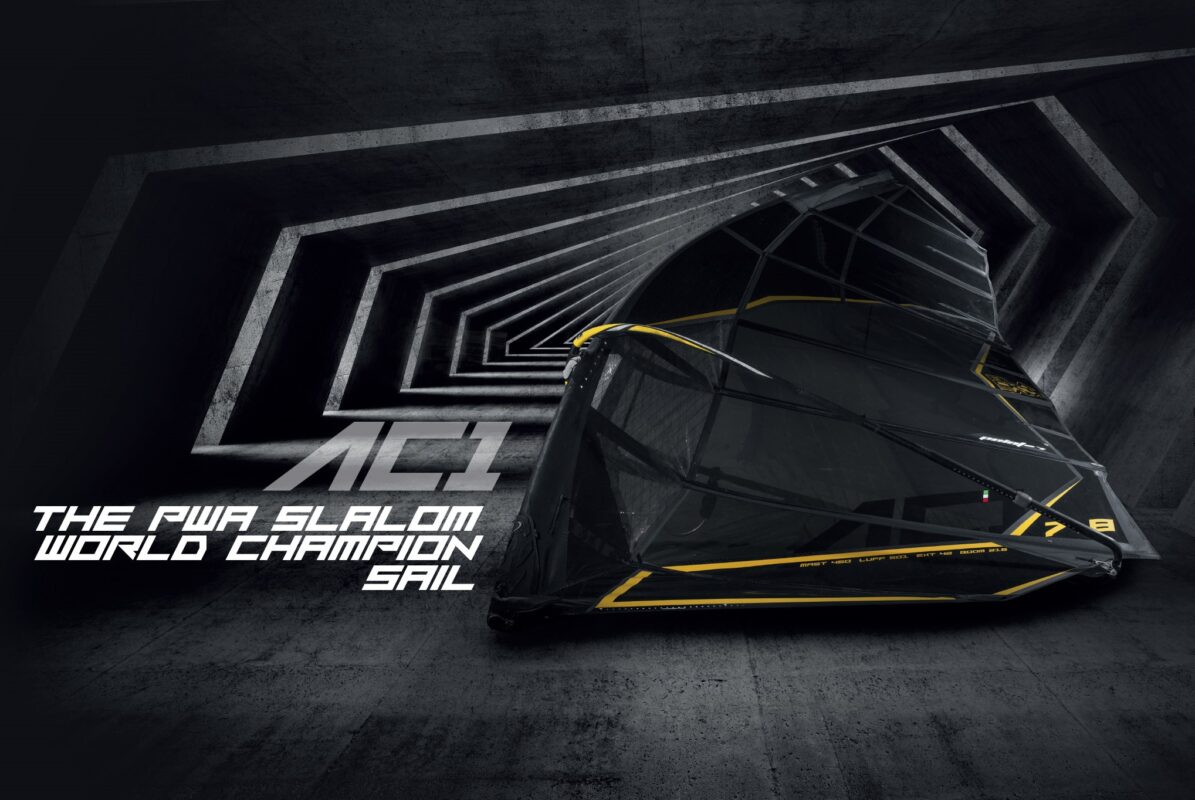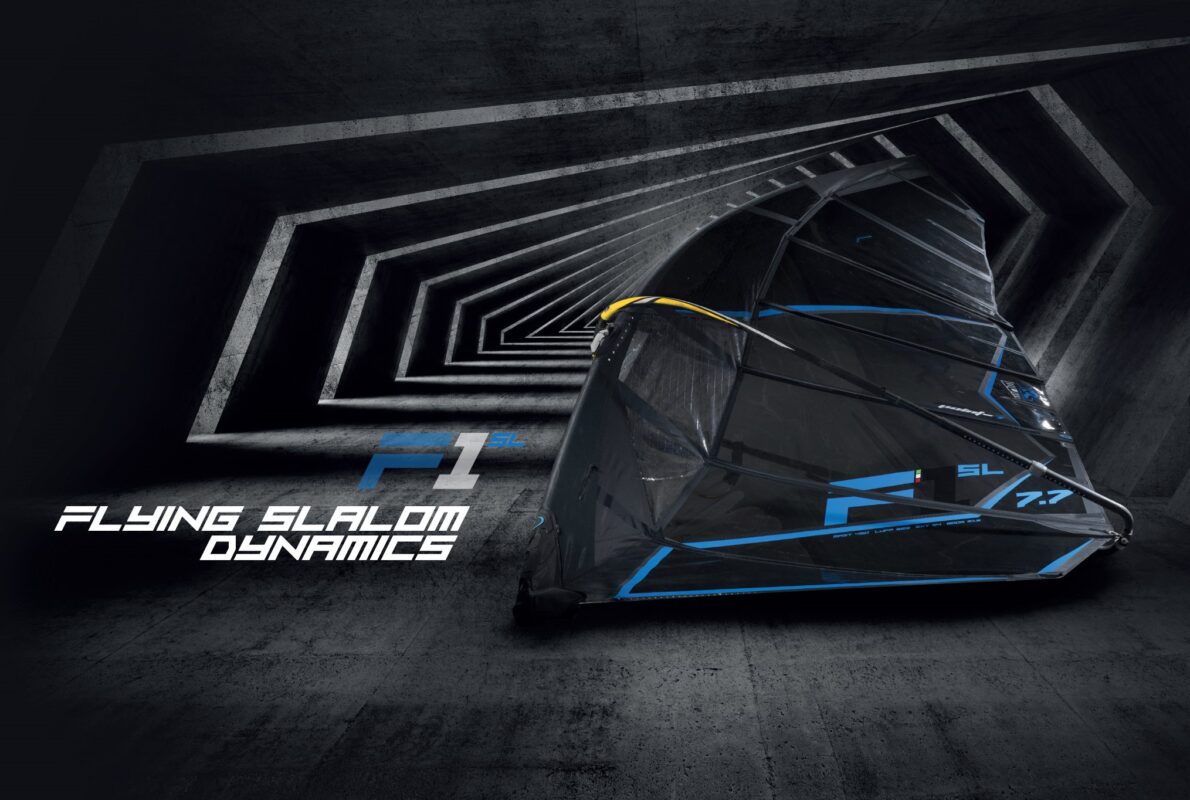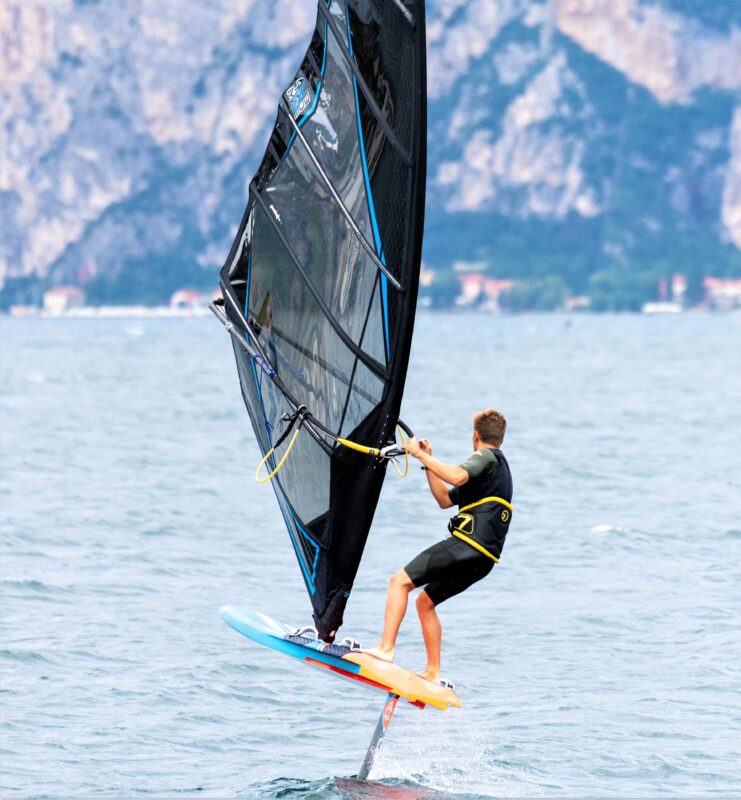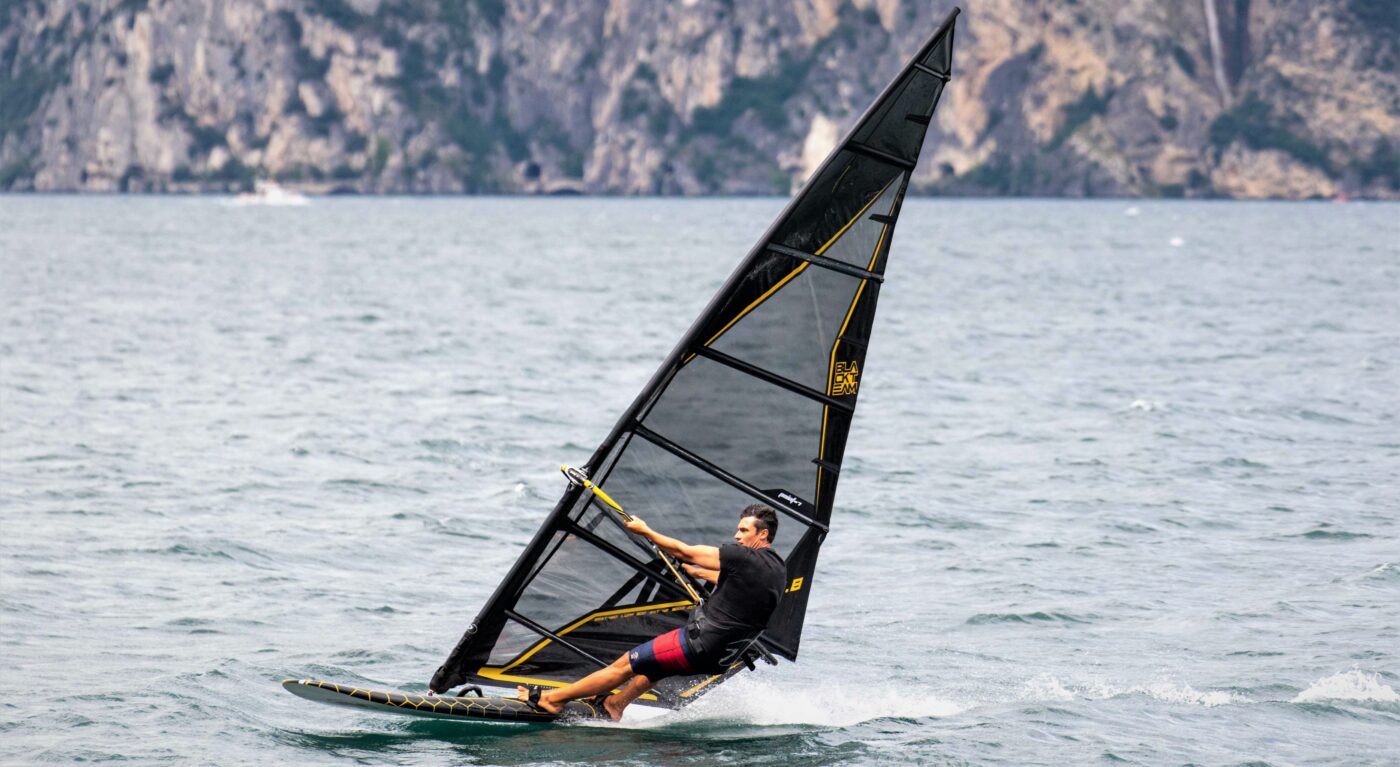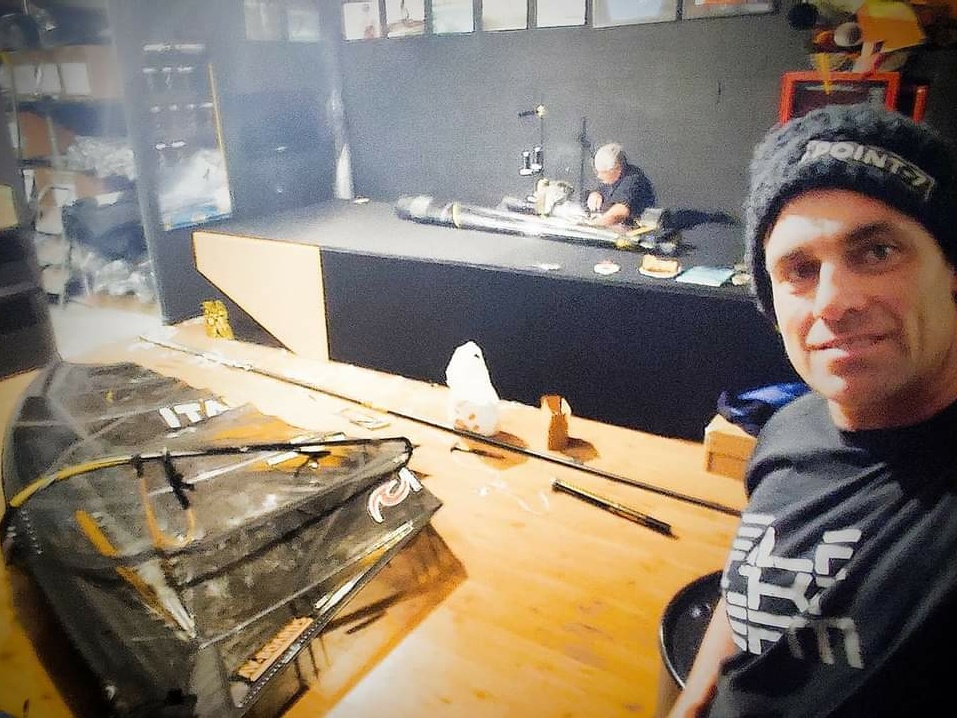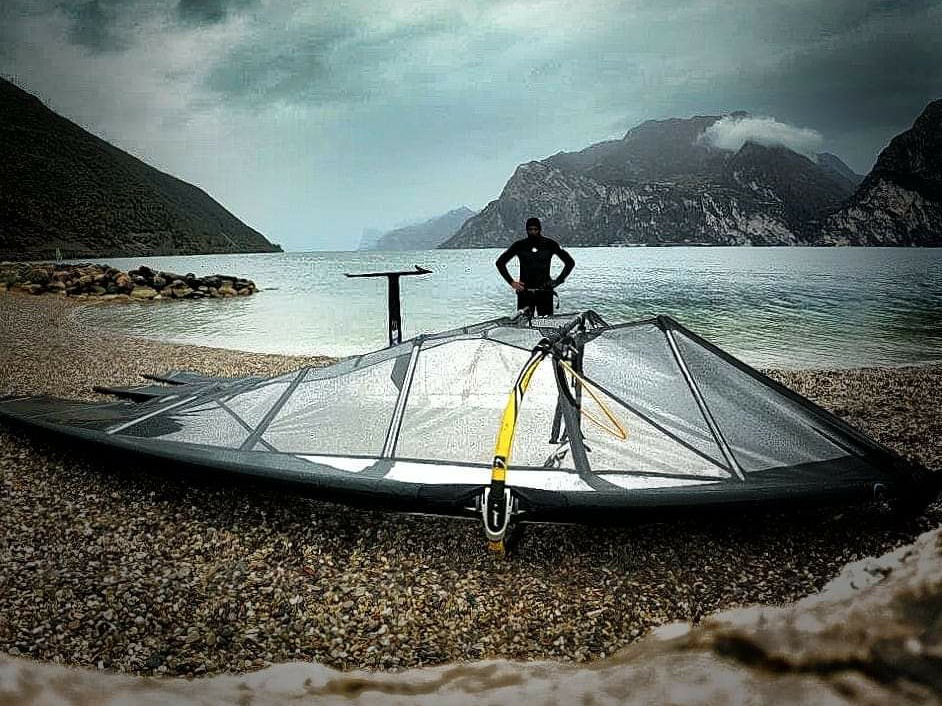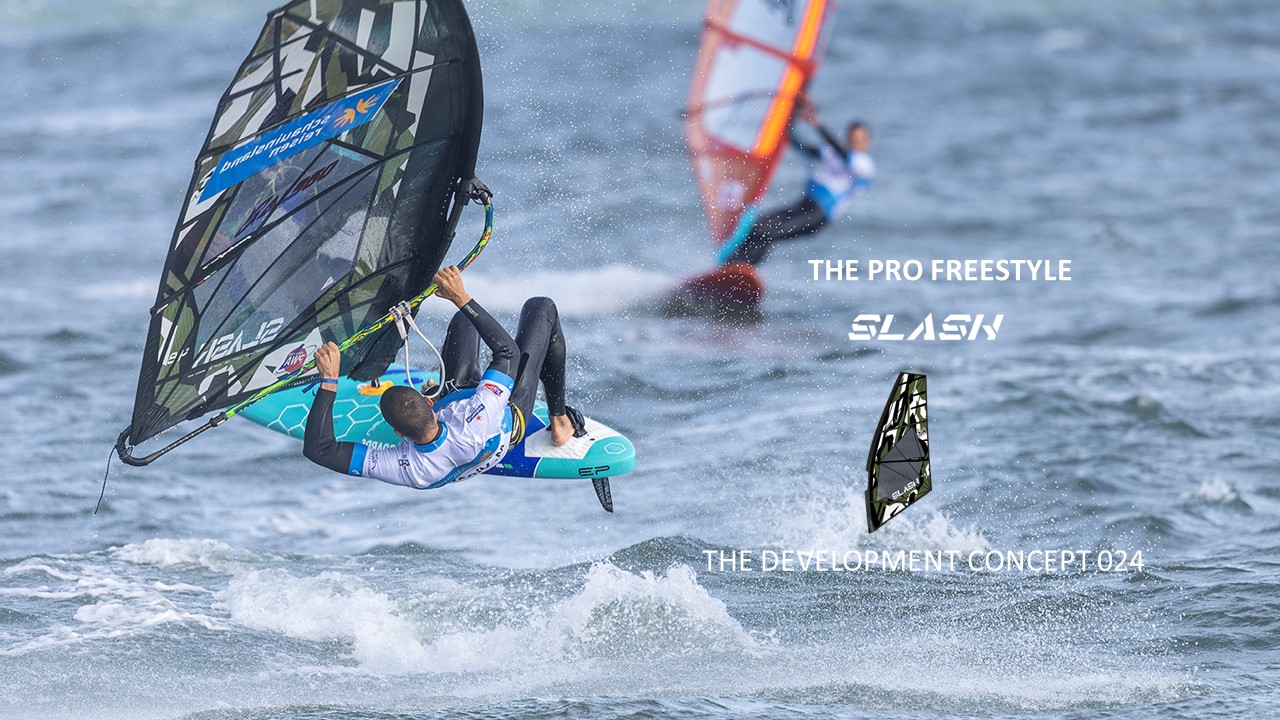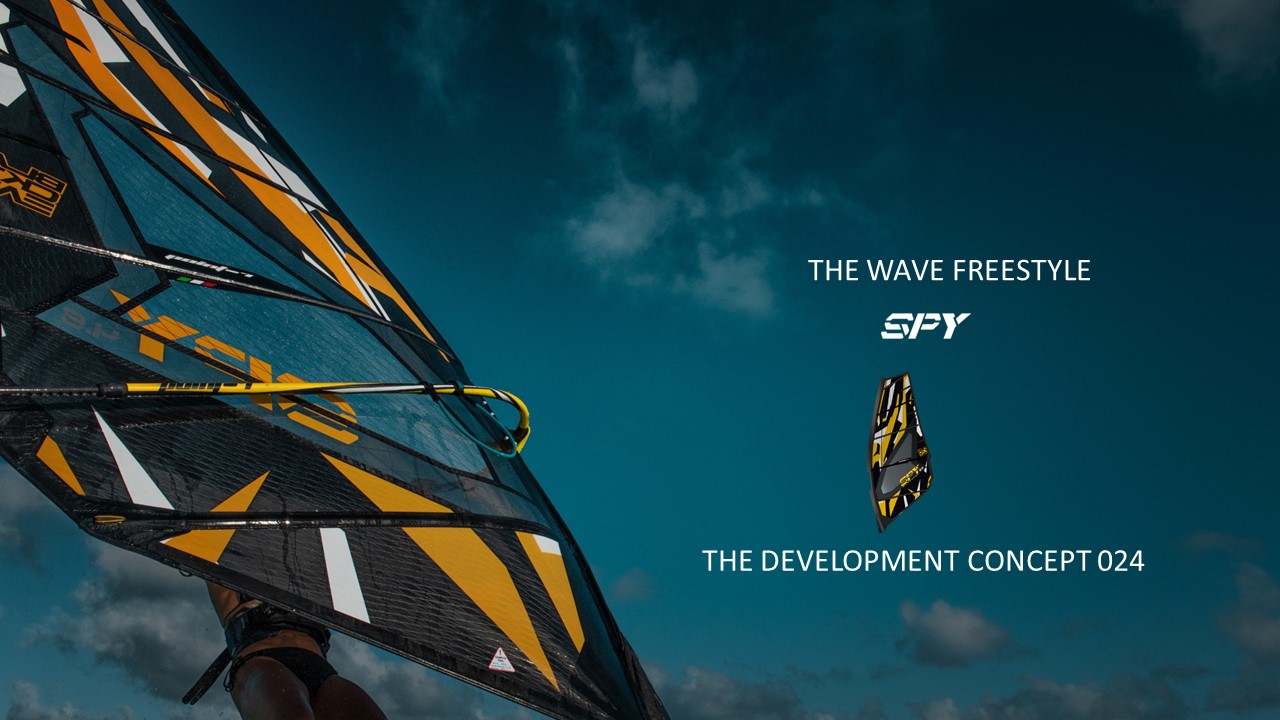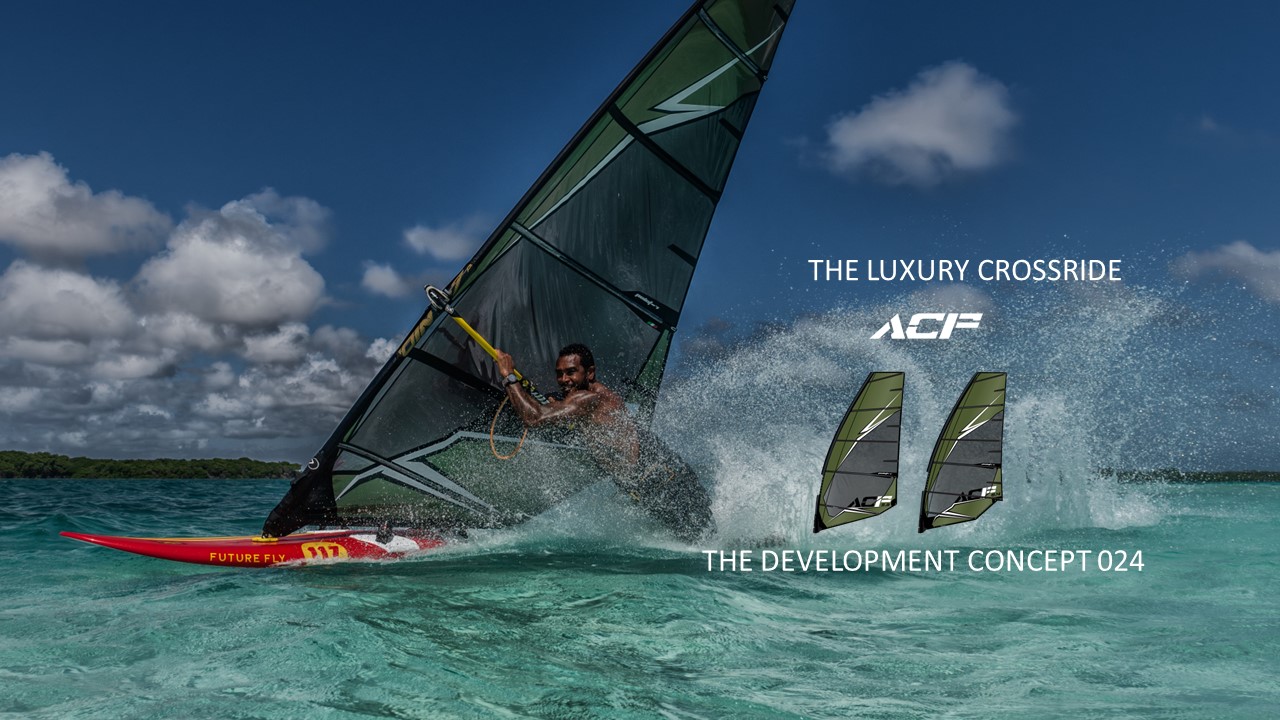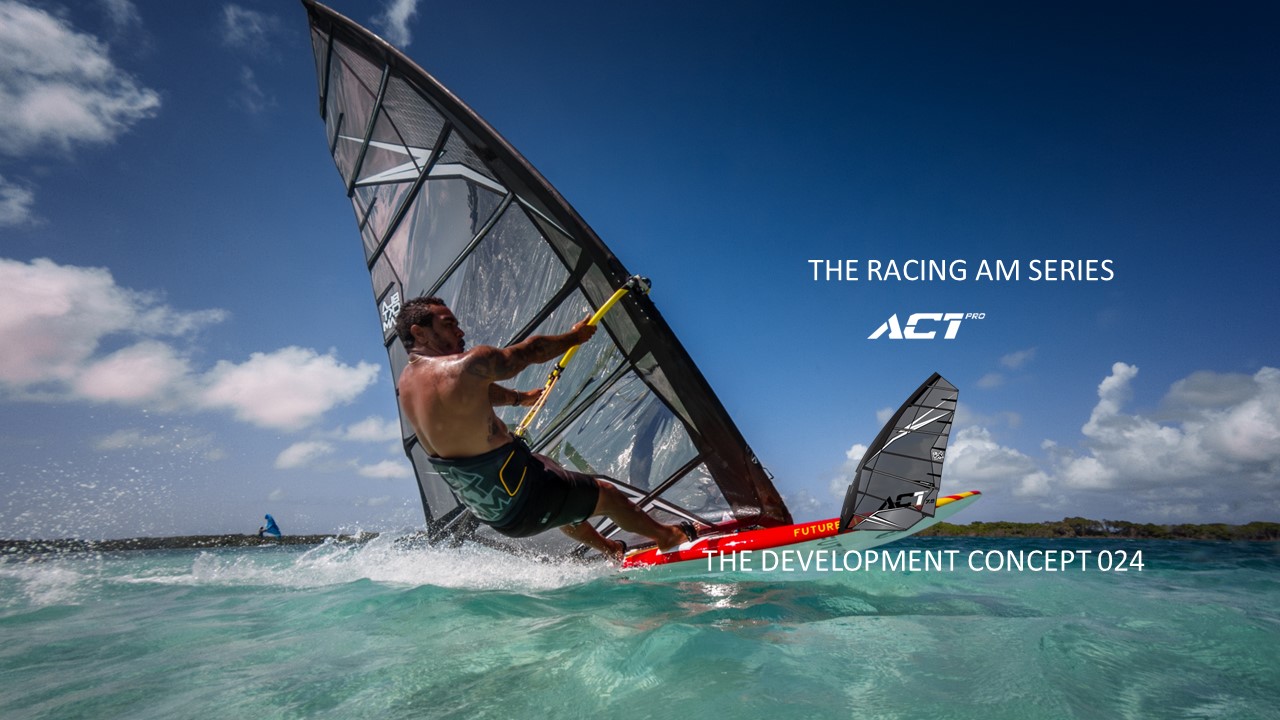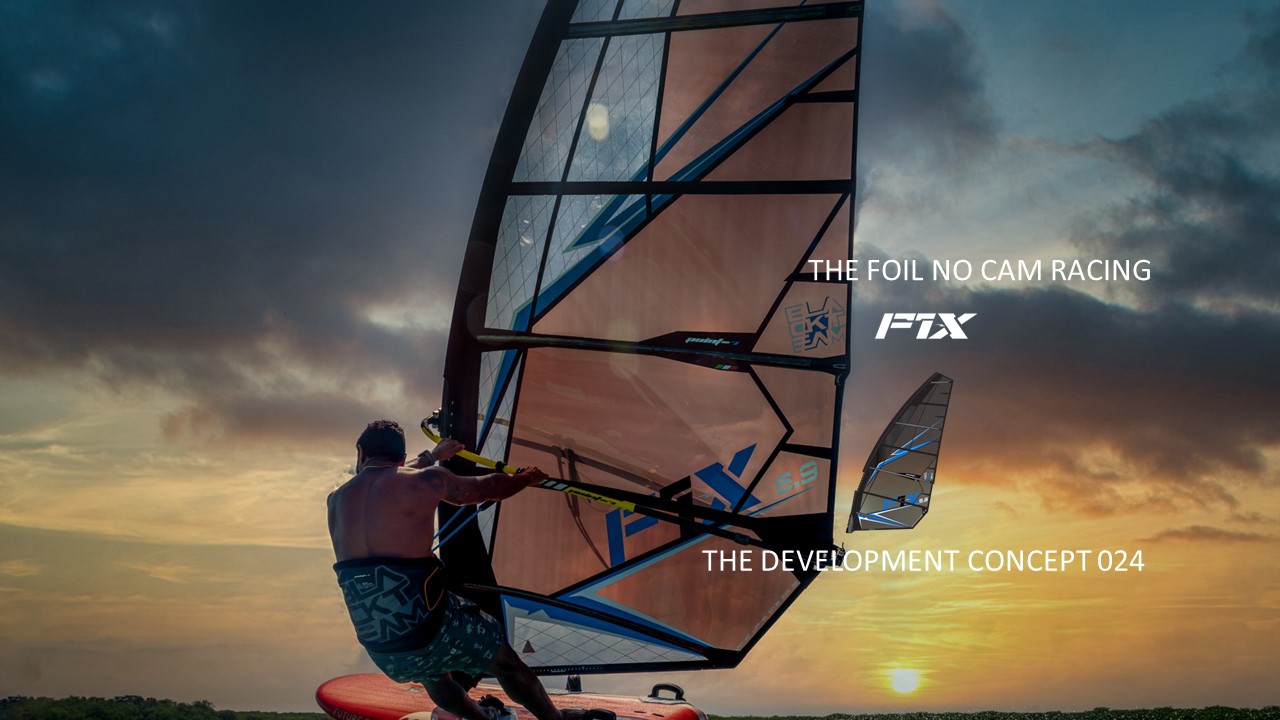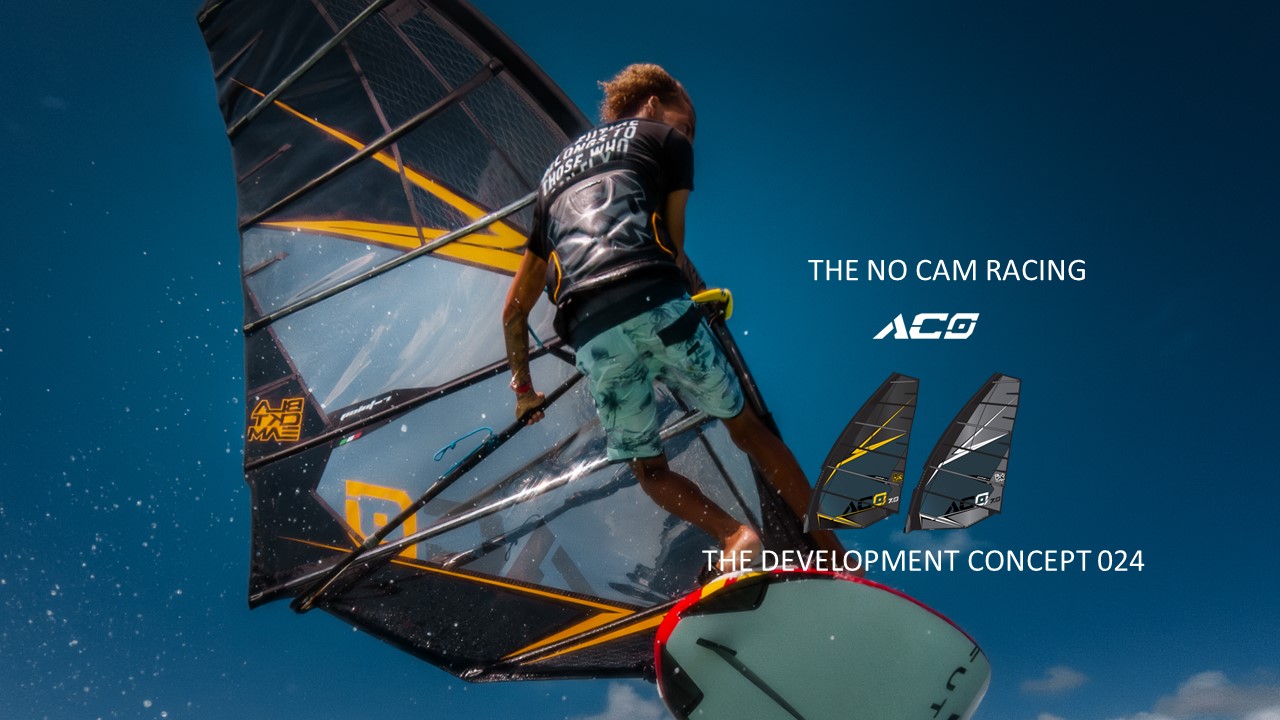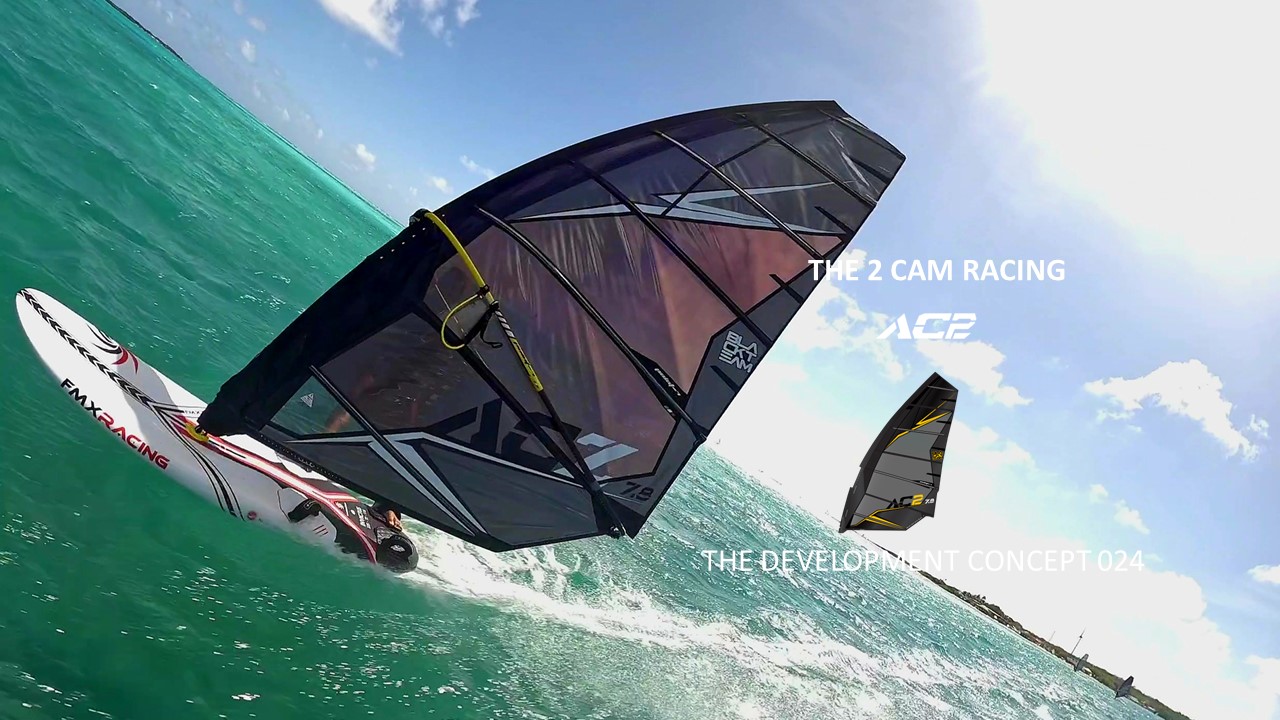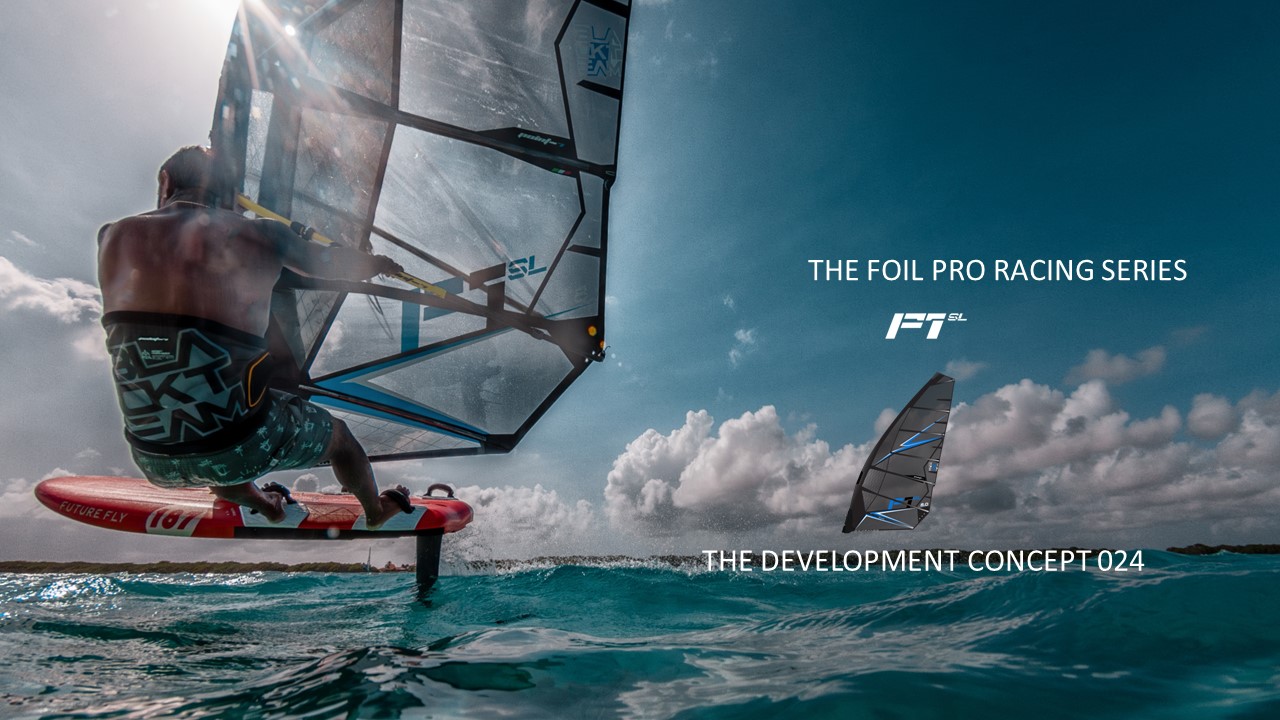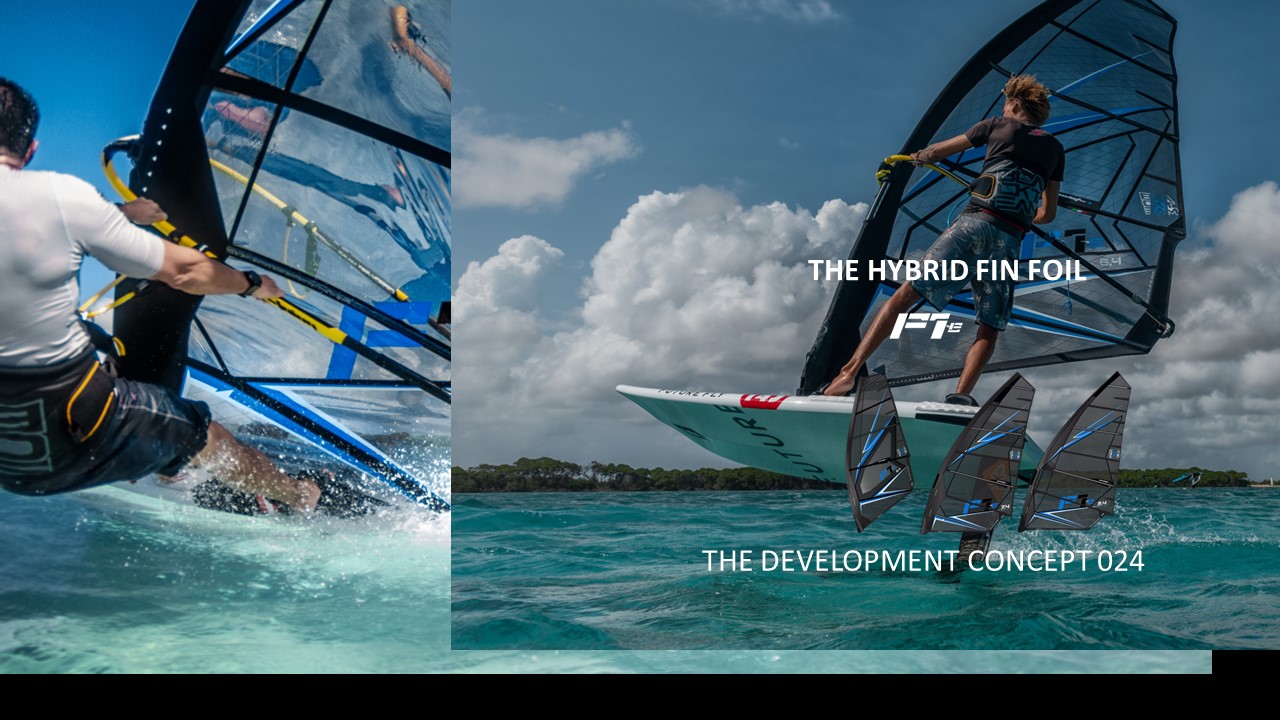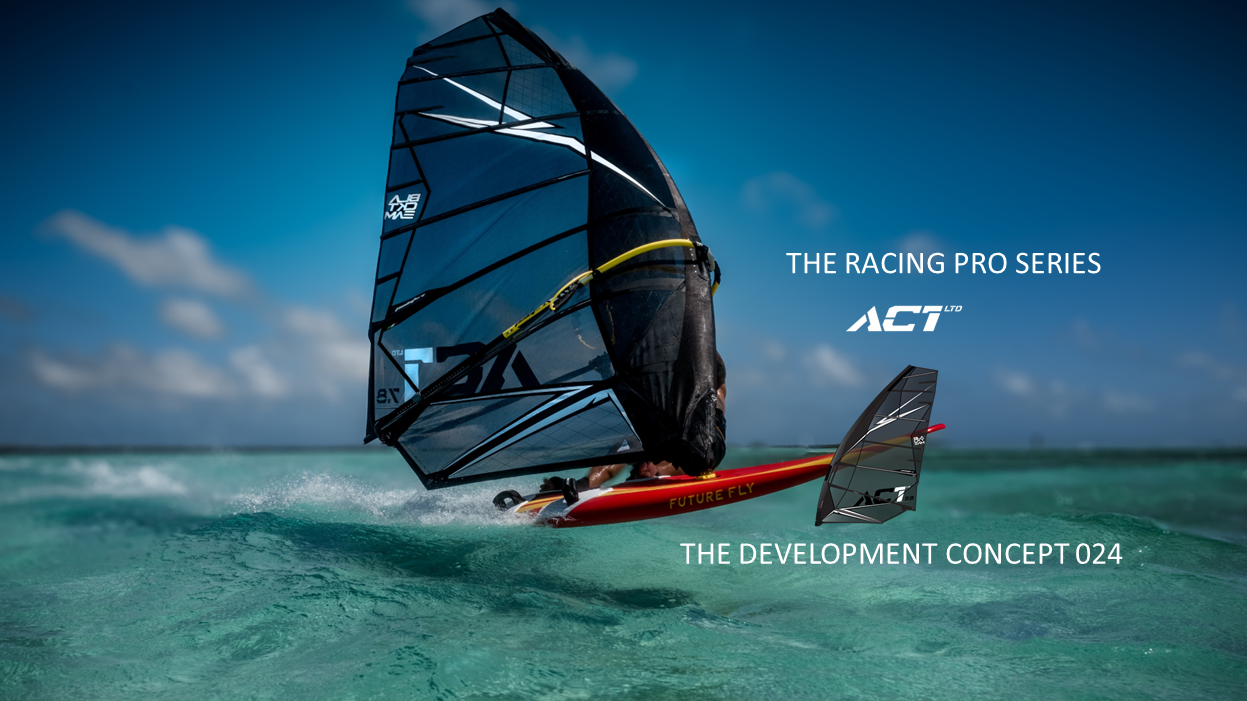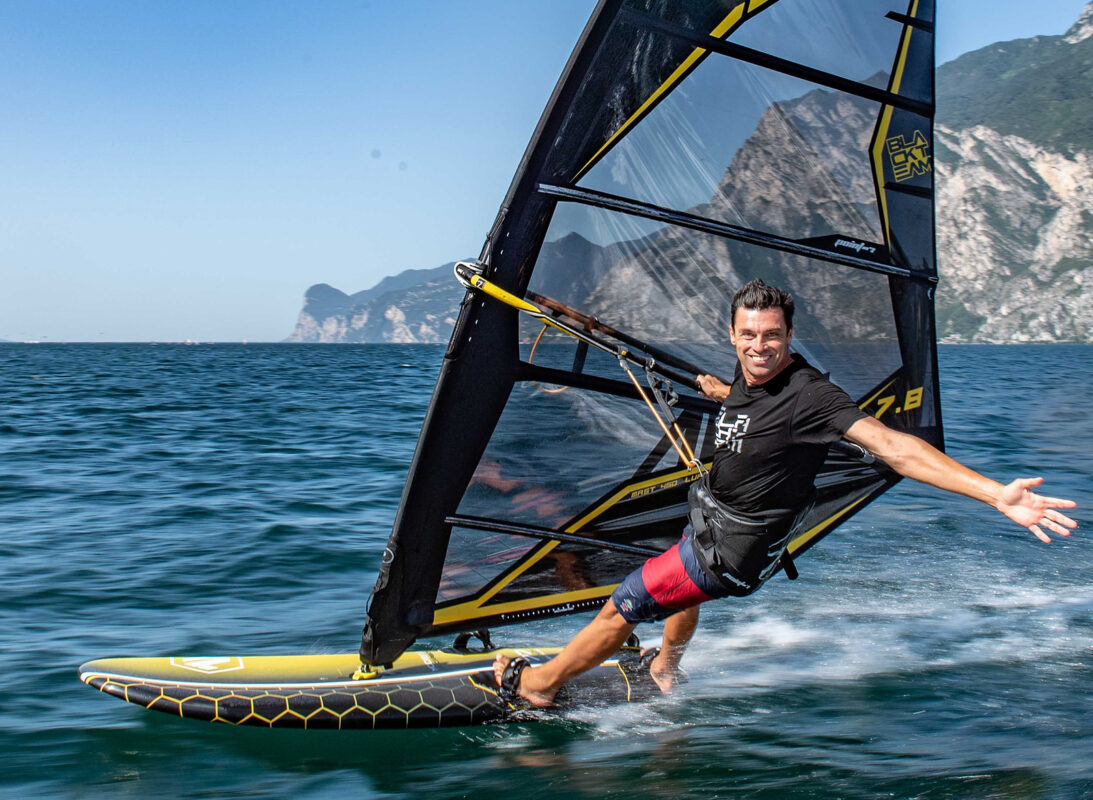In Point-7 we love competitions in general. From waves, to freestyle to pure racing. We dedicate a lot of our working time in developing all our sail ranges connected to our masts and booms. We have pressure from our riders to develop the best sails to compete, we put ourselves pressure to develop the best sail range for our clients.
One of the latest sails range we have developed has been the F1 SL, the foil sail dedicated to racing. We increased the range by including new sizes as the 4.7 and 5.8. We have reviewed the existing sizes to 6.9, 8.0 and 9.0.
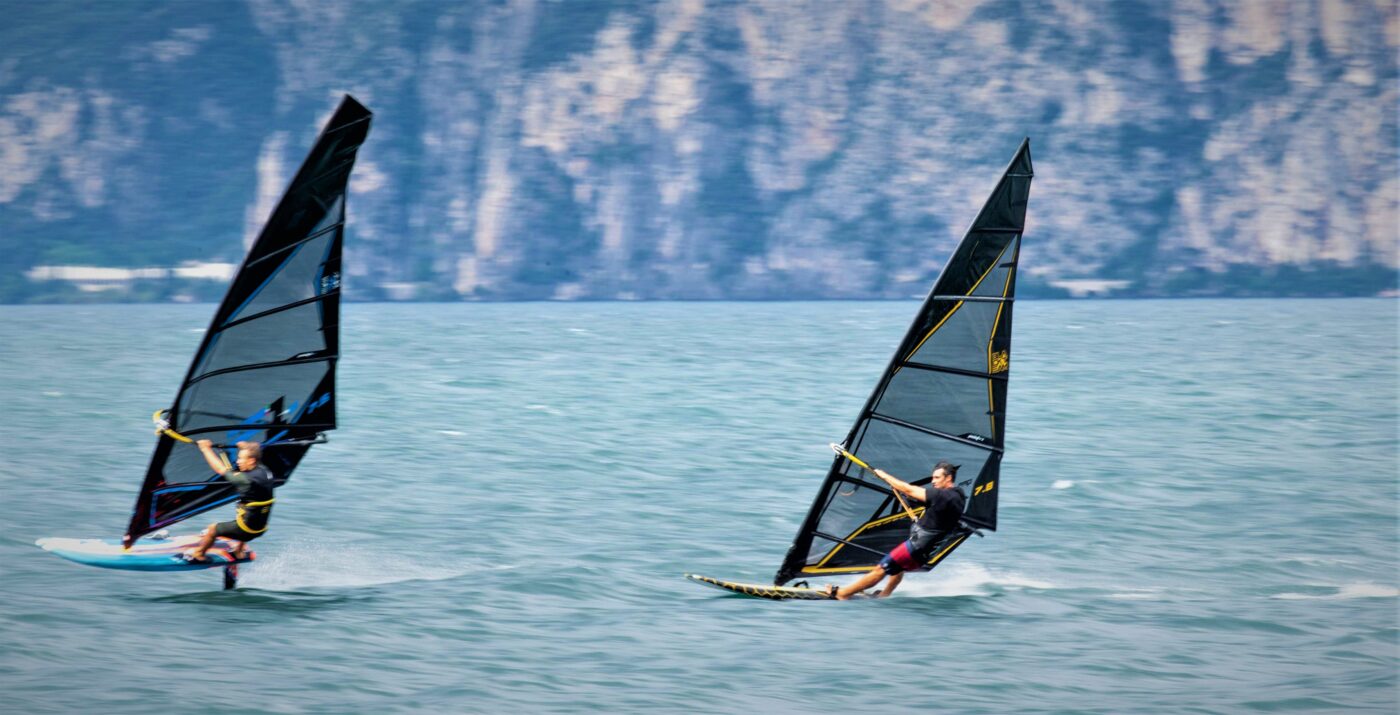
The idea of foiling was to allow to be planning in light wind with small sails, but as foiling developed the small sails are now used also mainly in high winds.
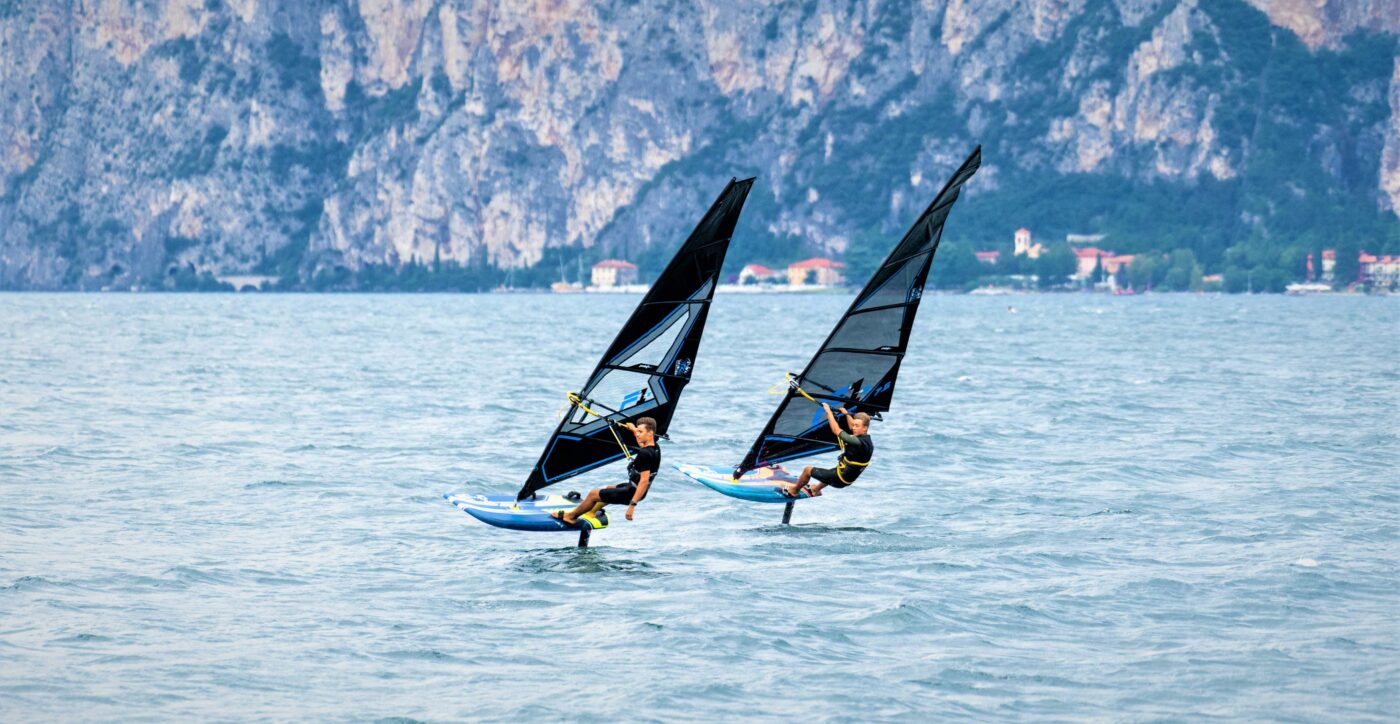
Do the sail sizes of a foil sail match the sail sizes for fin windsurfing? Not really. Is also hard to really make a rule of comparison as the foil is still developing, and as the sizes of the wings of the foil have influence on the sail size that can be used. Of course, the level of the sailor is also making the difference. Let’s try to get an idea by using the graphics below.
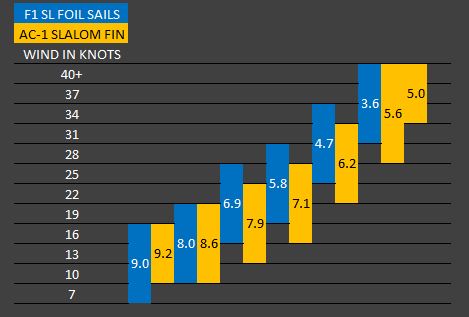
In light wind the 9.0 foil will get you planning much earlier than a 9.2 slalom sail on a fin board, but in the upper range the sails are having close to the same range. You can jump always earlier on a smaller size sail when using a foil, as a small sail will always be faster once flying if the wind is steady. Most of the time you will use 1m sq. less when foiling compared to fin.
- On the lower range of the foil sail, you will be having already a good power, while on a slalom sail you will need to pump and work to get on planning.
- On the higher wind range of a foil sail, you will be struggling to keep control, while on a slalom fin sail, you will be enjoying its high power in it.
Which size for foiling, which size for slalom?
In racing: A good fin sailor over 15 knots will be faster than a not so good foiler. A good foiler on a racecourse, unless there is a good high swell or amazing steady winds, will be still faster than a good rider on a fin also in higher winds than 15 knots. In the last racing events, it was quite clear that foil was having a faster average speed in many cases over fin on racing course. Less stop and go at the marks and higher speed if the course is becoming at a tighter upwind angle. In a perfect world slalom could be still faster, but because wind is never perfect, foil has often the advantage on a course.
Racing Tours: PWA has set rules where you are allowed to use six sails and three boards. Most riders will use the following set: F1 Sl 9.0, 8.0, 6.9 and AC-1 7.8, 7.1, 5.6. Some more specialized in foiling could even chose the 5.8 F1 Sl and take out the 7.8 AC-1. They will choose according to their foil skills in strong wind, and the spots the events will be based. For them it does not matter whether they have more fun on a fin or a foil, they must take the fastest. The fastest is not always what they prefer to do. If you will take part at IFCA events, foiling is not allowed. The wind limit is 11 knots and therefore the full AC-1 quiver would be the right choice. Defi Wind in May should be only on the fin. If you race nationally, you need to check the rules of your national tour and decide accordingly. Do remember that even if on a course the foil could be faster, you could be still faster on a fin, if you foil level is yet not that good over 14 knots.
How about for those who would like to do both foil and fin and don’t race?
It depends on what you like to do! Over the last years some riders felt in love with foiling and now only foil. Some have tried it and preferred to stick to only fin as they like to feel the board and power of the water. The choice is therefore easy. F1sl to the addicted foilers, and AC-1 to the addicted fin slalom.
If you like to do both? The choice is again easy. You need both sets in an ideal world, but would you really go for both sets? Logistically it takes a lot of space in the car, and a good budget is required. For us it’s impossible to give tell with which winds you should foil and till what wind you should get back on the fin. It really comes down to personal choice, place you sail and friends you sail with. If everyone is on a foil in 10knots, on a fin it will be hard to stick to their backs or be faster. If you live in a place where there are a lot of seaweeds or shallow water, even in light wind it could be impossible to foil. Our definitive answer? Use what you love the most!
If you want to windsurf without too much pumping, stop and go, a clever idea could be to have a 9.0 or 8.0 to foil (even a 6.9 for the lighter weights) till there is a constant wind of over 11knots with gusts up to 14-15 knots. This way you will be on the plane on a foil the full time, without having to work too hard in pumping or waiting for the gust to get planning on the fin. Once 11-14 knots are there you can jump back on a slalom board. Getting on the plane under 10 knots with a foil still requires physical and energetic pumping, but not as much as when pumping on a fin in 11-14 knots.
You are asking us again on what to do? We love to fin sail on a 9.2 and pump after each jibe. We like the flow of the foil. No, we cannot decide for you!
We love windsurfing as much as you do. Both foil and fin can be on the water in the same winds. Under 11 knots not with a fin, but yes with a foil. Over 35 knots foiling starts to be for very few riders, and also for them the surface of the water\waves needs to allow it, but for the rest of the conditions, both fin and foil can work. Due to this we can only give a wind range suggestion for the sails, which may vary a little according to your personal weight, but the rest of the choice will be yours, to foil or to fin, or to do both according to what conditions you like for one or for the other.
